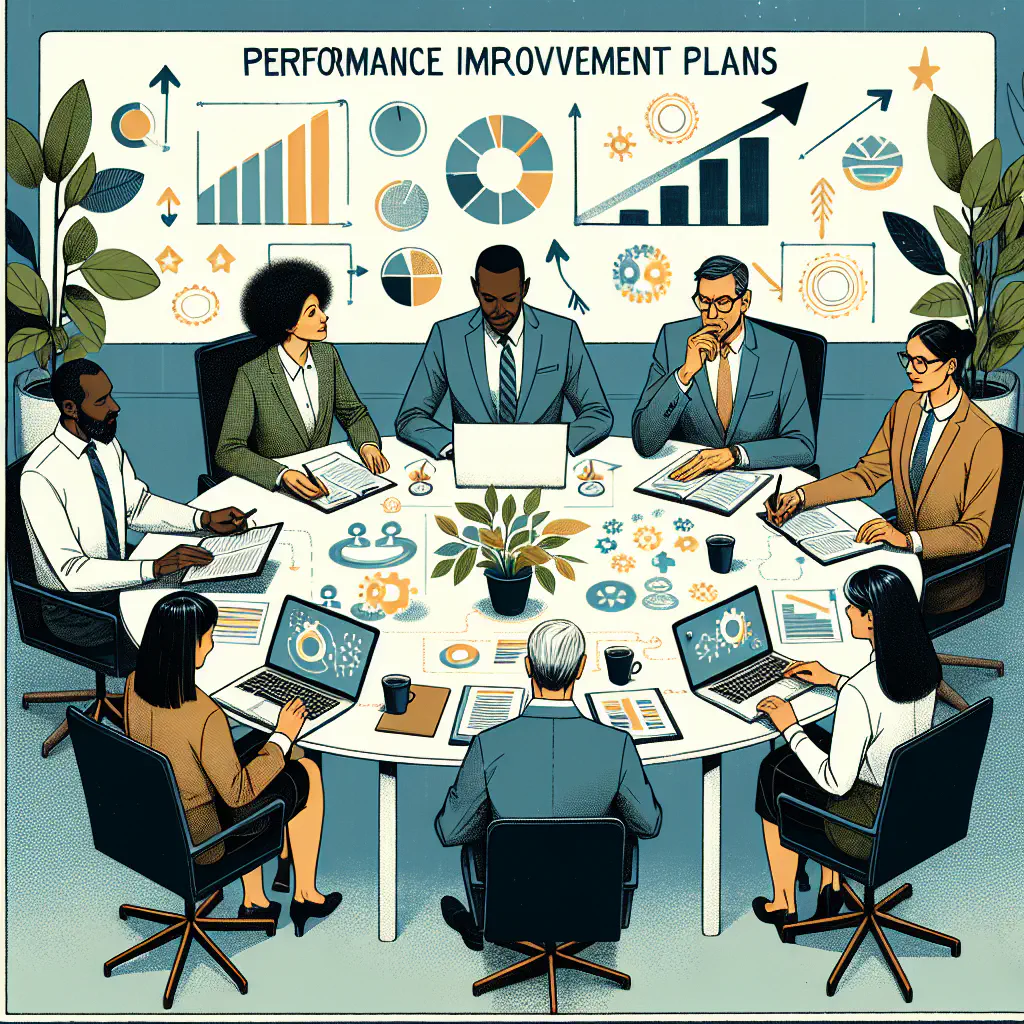
Building a Positive PIP Culture: Fostering Growth and Improvement
Do your employees view Performance Improvement Plans as a threat rather than an opportunity for growth? Many organizations struggle with the negative perception of PIPs, which often leads to fear and resistance among employees. This problem stems from lack of transparency, poor communication, and inconsistent application of PIPs.
Addressing these issues is crucial for creating a positive work environment and fostering a culture of continuous improvement. In this blog, you’ll learn practical strategies to transform your PIP culture, boost employee engagement, and drive organizational success.
By implementing these approaches, you can turn PIPs into powerful tools for growth and development.
1. Understanding the Negative Perception of PIPs
Performance Improvement Plans (PIPs) often carry a negative connotation in many organizations. Employees may view them as a precursor to termination rather than an opportunity for growth and development. This perception can lead to:
- Increased stress and anxiety
- Decreased motivation and productivity
- Resistance to feedback and improvement efforts
To address these issues, it’s essential to examine the root causes of this negative perception and implement strategies to change it.
2. Enhancing Transparency in the PIP Process
Transparency is key to building trust and reducing fear around PIPs. Consider the following approaches:
- Clearly communicate the purpose and goals of PIPs to all employees
- Provide detailed information about the PIP process, including timelines and expectations
- Share success stories of employees who have benefited from PIPs
By demystifying the PIP process, you can help alleviate concerns and promote a more positive attitude towards performance improvement.
3. Improving Communication Throughout the PIP Journey
Effective communication is crucial for the success of any PIP. To enhance communication:
- Train managers on how to deliver constructive feedback and support employees during PIPs
- Encourage regular check-ins and progress updates
- Create a safe space for employees to voice their concerns and ask questions
Open and honest communication can help build trust and foster a collaborative approach to performance improvement.
4. Ensuring Consistency in PIP Implementation
Inconsistent application of PIPs can lead to perceptions of unfairness and favoritism. To address this:
- Develop clear, objective criteria for initiating PIPs
- Establish standardized processes and templates for PIP documentation
- Regularly review and audit PIP practices to ensure consistency across departments and managers
Consistency helps create a sense of fairness and reduces anxiety around the PIP process.
5. Focusing on Growth and Development
Reframe PIPs as opportunities for growth rather than punitive measures. To achieve this:
- Emphasize skill development and learning opportunities within PIPs
- Provide resources and support for employees to achieve their improvement goals
- Celebrate progress and milestones throughout the PIP process
By shifting the focus to personal and professional development, you can help employees view PIPs more positively.
6. Implementing a Coaching Culture
Integrate coaching practices into your organization’s culture to support continuous improvement:
- Train managers in coaching techniques
- Encourage regular feedback and performance discussions outside of formal review processes
- Foster a growth mindset throughout the organization
A coaching culture can help normalize the concept of continuous improvement and make PIPs feel less threatening.
7. Offering Comprehensive Support
Provide robust support systems for employees on PIPs:
- Assign mentors or coaches to guide employees through the process
- Offer additional training or resources to help employees meet their goals
- Provide access to mental health resources or counseling services if needed
Comprehensive support demonstrates the organization’s commitment to employee success and well-being.
8. Gathering and Acting on Feedback
Continuously improve your PIP process by:
- Soliciting feedback from employees who have gone through PIPs
- Conducting surveys to assess overall perceptions of PIPs in your organization
- Regularly reviewing and updating PIP policies and procedures based on feedback
By actively seeking and incorporating feedback, you can refine your approach and address ongoing concerns.
9. Recognizing and Rewarding Improvement
Acknowledge and celebrate employees who successfully complete PIPs:
- Provide formal recognition for achieving improvement goals
- Offer opportunities for career advancement or new responsibilities
- Share success stories (with permission) to inspire others
Recognition reinforces the positive aspects of PIPs and encourages others to embrace the process.
10. Leading by Example
Leadership plays a crucial role in shaping PIP culture:
- Encourage leaders to share their own experiences with performance improvement
- Demonstrate a commitment to continuous learning and growth at all levels
- Model the behaviors and attitudes you want to see in your PIP culture
When leaders embrace and exemplify a positive approach to performance improvement, it sets the tone for the entire organization.
As we wrap up this discussion on building a positive PIP culture, I challenge you to take a hard look at your organization’s current approach. Are your employees truly embracing PIPs as opportunities for growth? If not, it’s time to make a change.
Start small by implementing just one of the strategies we’ve discussed today. Perhaps you could begin by enhancing transparency in your PIP process or focusing on improving communication. Don’t wait for the perfect moment – take action now to transform your PIP culture.
Challenge yourself to have open conversations with your team about performance improvement and gather their honest feedback. Remember, creating a positive PIP culture is an ongoing process, but every step forward counts.
So, what will your first move be? How will you begin to reshape the perception of PIPs in your workplace starting today?




